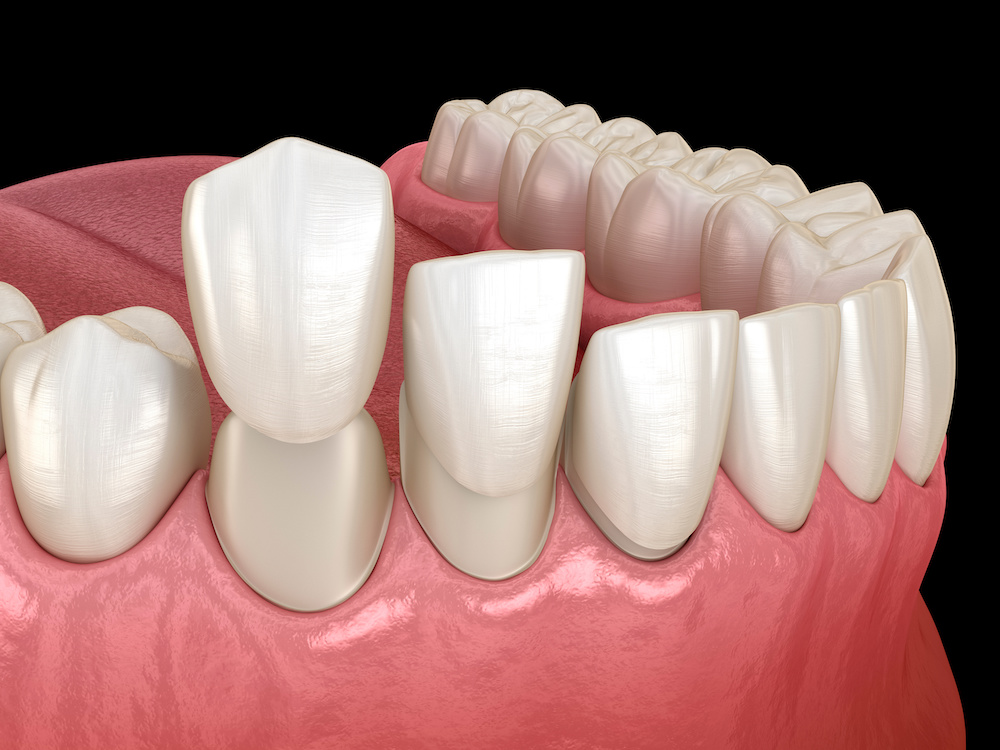Losing a tooth can be disruptive to your life in many ways. You have lost not only something that’s critical to both eating and speaking properly but also a crucial part of your smile.
There’s more to it than that, though — missing teeth can lead to bone loss, which can actually alter the structure of your face, changing your appearance and making you look older than you actually are.
This information may be a bit alarming if you’ve recently lost a tooth, but there’s no need to panic. There are multiple ways for you to replace your missing tooth and avoid the effects of bone loss.
To give a better idea of some of the most common tooth replacement methods, we’ve created this simple guide about saving your smile after losing a tooth.
The Consequences of Missing Teeth
Some of the results of losing a tooth are immediately obvious, but other consequences are a little more subtle yet just as impactful. Here are some of the surprising ways a missing tooth can negatively impact you.
Shifting Teeth
Your teeth may be separate entities on the surface, but they actually all work together to support one another. When one goes missing, all of the surrounding teeth may start shifting out of place.
That empty gap where your tooth was allows space for the neighboring teeth to fill. Once that occurs, a domino effect begins that can affect all of the teeth in your mouth.
Decay and Gum Disease
A realignment of your teeth can create some hard-to-reach spaces where food particles and eventually plaque and tartar can build up. This can result in an increased risk of tooth decay and gum disease, which can both lead to more tooth loss.
Bone Loss
Your teeth stimulate growth in your jaw bone. Once a tooth is missing and that stimulation has ceased, your jaw bone can begin to atrophy and shrink. This can cause your facial structure to shift and actually change your overall appearance.
The Most Common Teeth Replacement Methods
Now that you know all of the issues that can occur as a result of losing a tooth, you’re probably pretty keen on learning about teeth replacement methods. You’re in luck! We’ve listed some of the most popular methods below, along with some valuable details about each procedure.
Dental Bridges
A dental bridge can replace one or more consecutive missing teeth by using the remaining teeth on either side of the gap for support.
The bridge itself is a natural-looking replacement tooth made from either ceramic, metal, or porcelain fused to metal with a crown on either side of it. The crowns are fixed to the remaining teeth, and the prosthetic fills the gap.
Dental bridges do not require any surgery and are less invasive than other teeth replacement procedures. This makes them a fairly desirable option for patients with dental anxiety. They’re also typically more affordable than some of the other options.
Full or Partial Dentures
Dentures are a great option if you’re looking to replace several missing teeth or even an entire row of teeth at one time. They’re removable prosthetic devices designed to look and feel like natural teeth.
When a full row of teeth is being replaced, it requires a full denture. When only a few missing teeth are being replaced, it requires a partial denture.
If you need to replace several missing teeth and your budget is not that big, there is no better choice than dentures. They may not be the most natural-looking or the most convenient, but they are the most affordable and they are still quite effective at restoring form and function to your mouth.
Dental Implants
The dental implant is probably the most effective tooth replacement procedure available. It’s a natural-looking prosthetic device attached to a titanium rod that is fused to the jawbone through a process called osseointegration.
Osseointegration allows for a far stronger and more durable tooth replacement, and it can also provide enough support for both an implant-supported denture and an implant-supported bridge.
Dental implants do require a more invasive procedure than some other teeth replacement options, which may be a drawback to some. However, the efficacy and versatility of this method make it well worth your consideration, even if you’re looking to avoid any surgical procedures.
In Need of Teeth Replacement?
Dr. Brett Langston can walk you through any of the proven methods for replacing a missing tooth. Contact us today to schedule your appointment.

